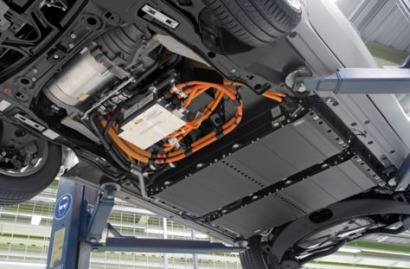
The facility, a joint venture between Daimler, The Mobility House AG and GETEC, is be operational early next year, and will have a total storage capacity of 13 MWh.
High-performance battery storage units are an important component in the successful transition to renewable energy. With an increasing supply of electricity from fluctuating renewable energies, such as wind farms or solar power stations, they are the key to stabilising power grids.
They can be used to level out energy fluctuations with virtually no loss – a role that is partly fulfilled by fossil power plants at present. This can help to speed up the energy revolution and eliminates the cost of expanding the grid and building new power plants.
With their second-use battery storage project in Lünen, the four partners are proving that the lifecycle of a plug-in or electric vehicle battery does not end after its automotive application. Depending on the model, Daimler AG guarantees its electric vehicle customers a battery life of up to ten years.
However, the battery systems are still fully operational after this point, as the low levels of power loss are only of minor importance when used in stationary storage. It is estimated that the unit can operate efficiently in a stationary application for at least another ten years.
This temporarily delays the final phase of the value chain: material recycling. Re-use of the lithium-ion modules from electric cars in second-use battery storage units practically doubles their commercial service life.
For additional information:

